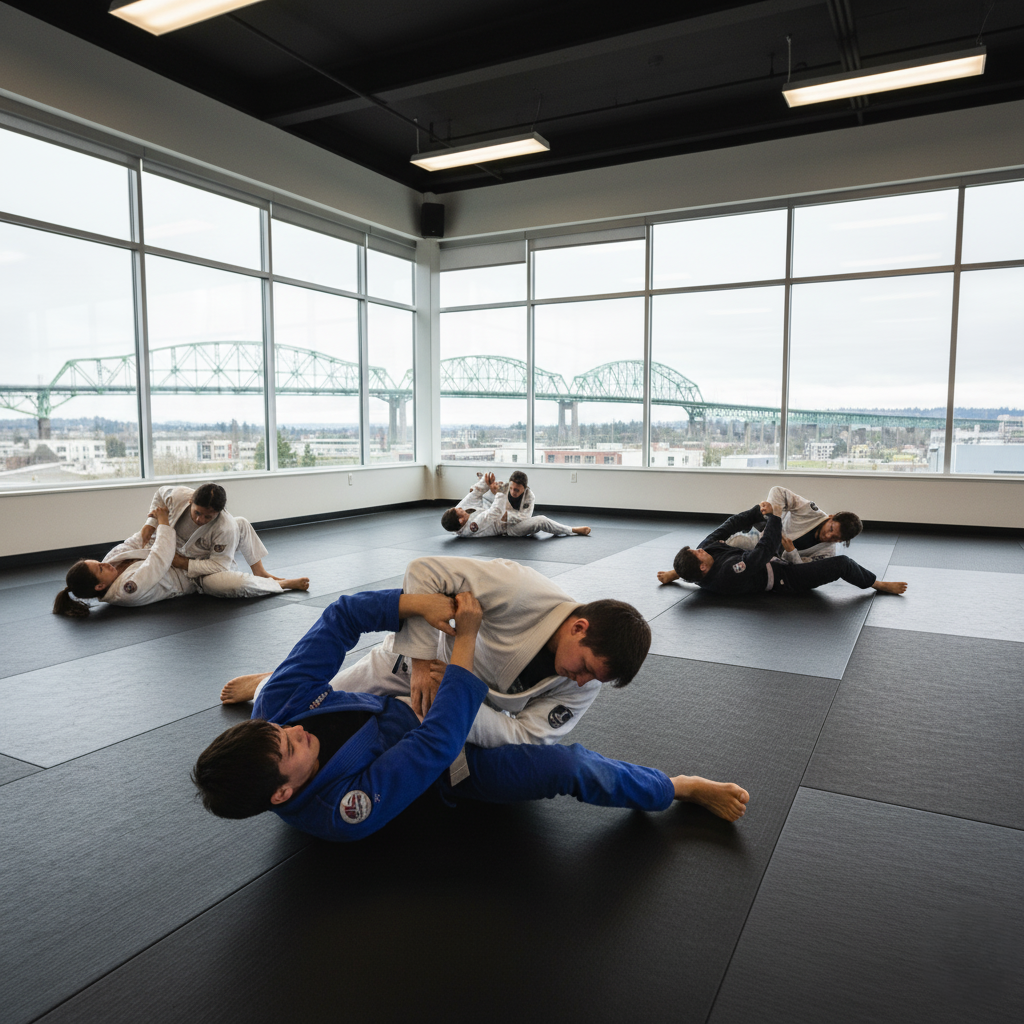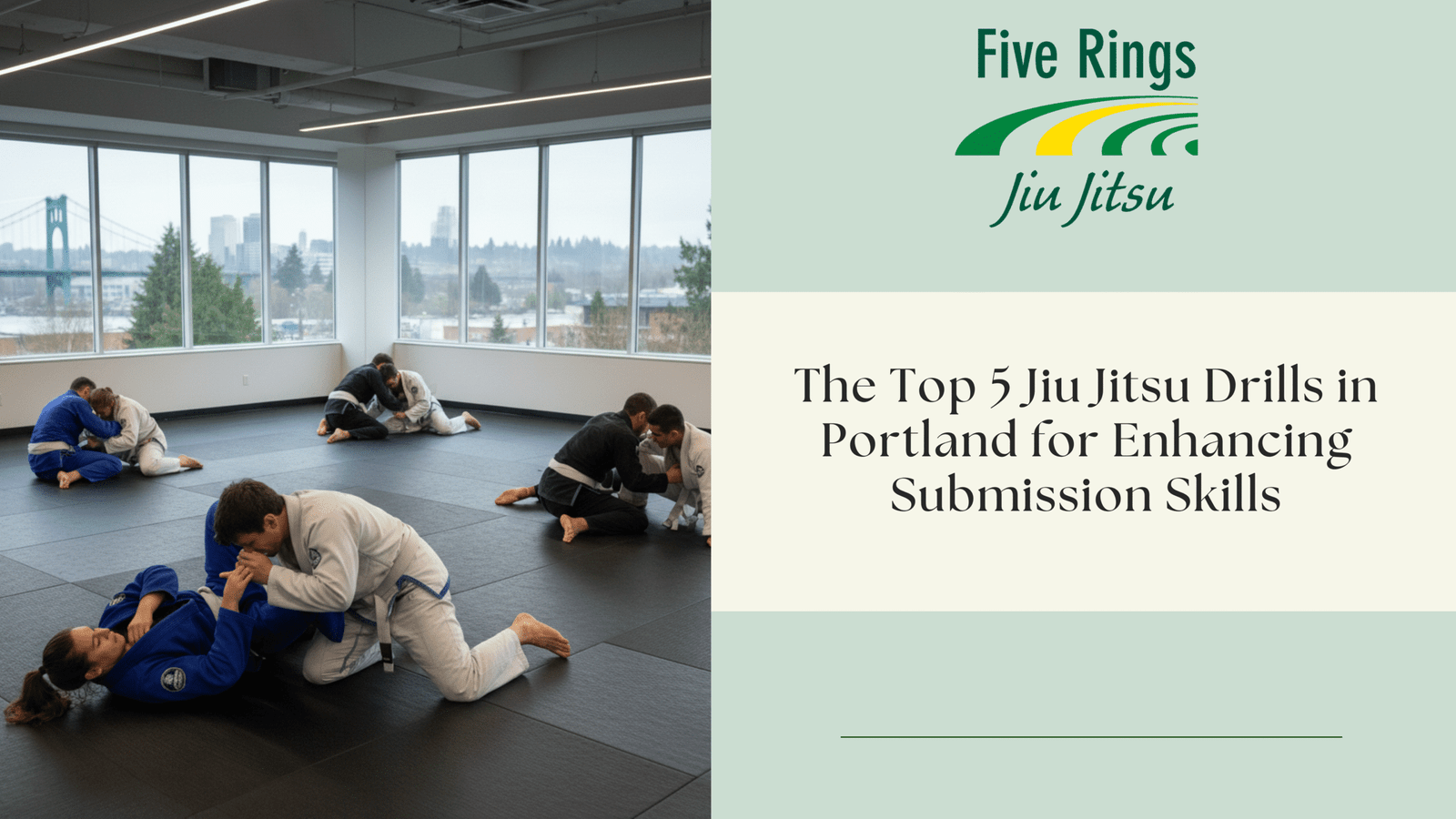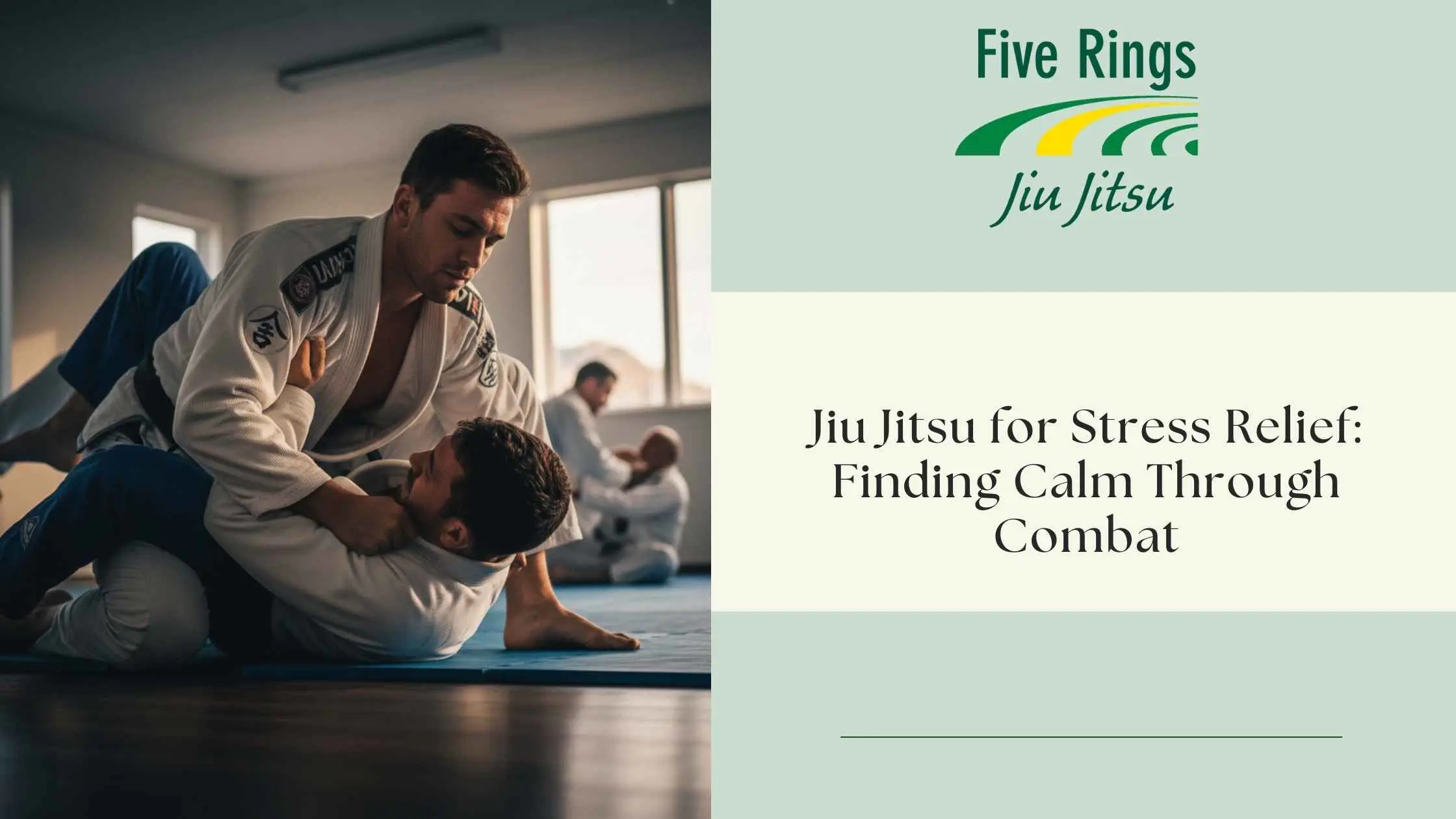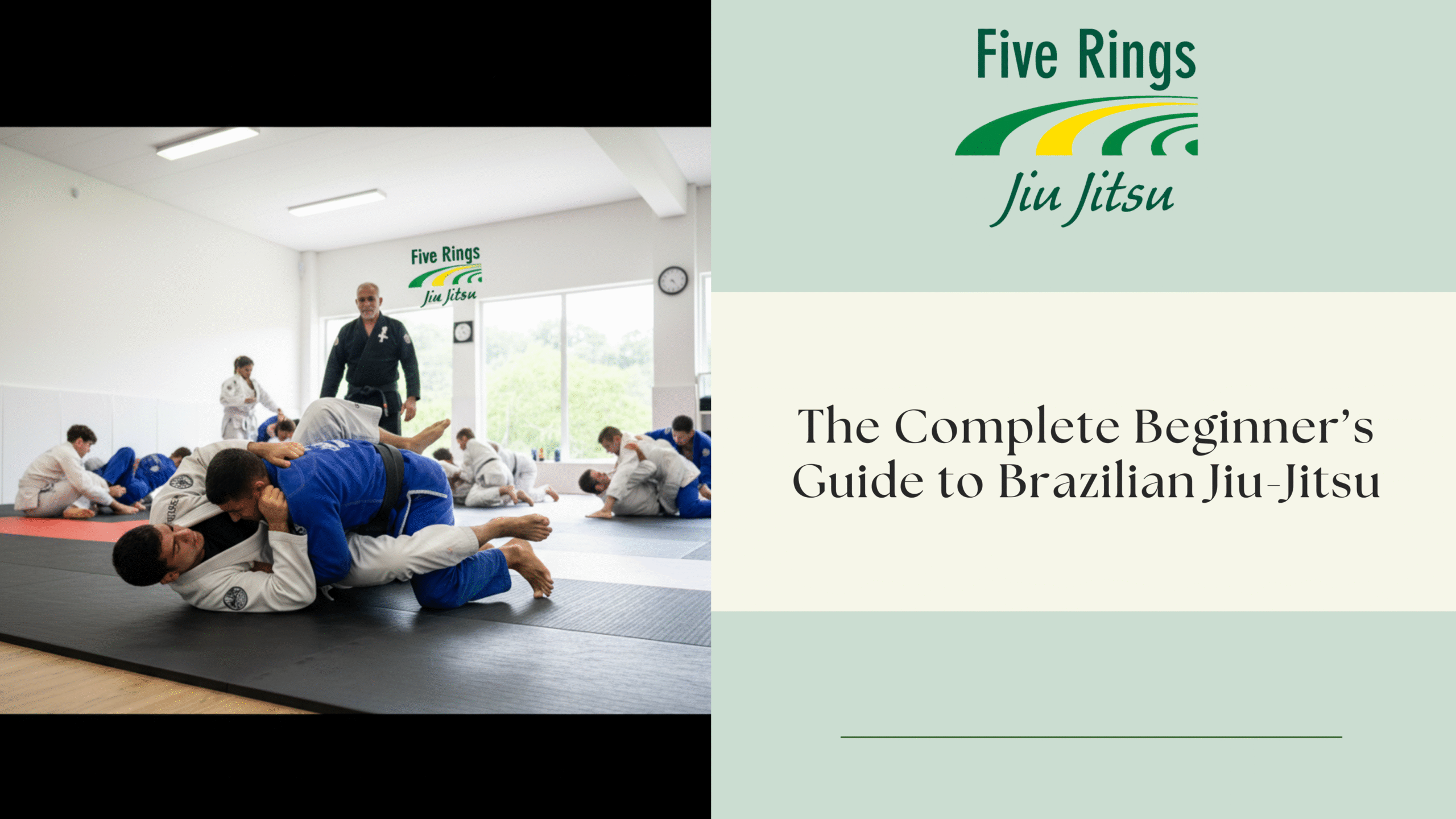Introduction: Why Submission Drills Are the Heart of Jiu-Jitsu
Brazilian Jiu Jitsu (BJJ) is often described as a “human chess match”, a dynamic martial art focused on leverage, technique, and strategy rather than brute strength. While takedowns, sweeps, and escapes are all vital parts of a well-rounded grappler’s skill set, submissions are where matches are often won or lost. They are the ultimate goal, the techniques that force your opponent to concede the fight.
For students in Portland’s thriving BJJ community, improving submission skills is a top priority. Whether you’re a beginner learning the basics or an advanced practitioner preparing for competition, drilling submissions regularly will not only enhance your finishing rate but also improve your control, timing, and transitions.
In this guide, we’ll explore the top 5 Jiu-Jitsu drills practiced in Portland gyms that can significantly elevate your submission game. Each drill targets different aspects of grappling, from precision and positioning to fluidity and pressure, ensuring you develop a complete submission arsenal.
1. Armbar Flow Drill from Guard
One of the first submissions BJJ students learn, and one of the most effective, is the armbar. This classic technique teaches you how to isolate a limb, control your opponent’s posture, and apply leverage for a quick tap. The armbar flow drill is designed to build fluidity and muscle memory, two essential elements for success.
How to Perform:
- Start with your training partner in your closed guard.
- Break their posture by pulling them forward and controlling their arm.
- Angle your hips, swing your leg over their head, and finish the armbar.
- Reset immediately and repeat the motion smoothly.
Benefits:
- Improves transition speed: Repetition builds instinctive reactions.
- Teaches control: You’ll learn how to break posture and isolate a limb effectively.
- Develops finishing confidence: The more times you drill the armbar, the more natural it becomes during live rolling.
Pro Tip: Once comfortable, try the drill from different guard positions (such as spider guard or closed guard) to expand your submission versatility.
2. Triangle to Armbar Transition Drill
Modern BJJ isn’t just about hitting a single submission; it’s about chaining them together. The triangle-to-armbar drill is a perfect example of how to transition fluidly between submissions, keeping your opponent guessing and increasing your finishing percentage.
How to Perform:
- Begin in closed guard and set up a triangle choke.
- If your opponent defends by posturing or pulling their arm out, smoothly transition into an armbar.
- If they defend the armbar, circle back into a triangle.
- Continue alternating for 3–5 minutes.
Benefits:
- Enhances submission chains: You’ll learn how to connect techniques seamlessly.
- Improves decision-making: Recognize and react to your opponent’s defenses quickly.
- Builds adaptability: Instead of forcing one move, you flow to the next opportunity.
Why Portland Coaches Love It: Most BJJ instructors in Portland emphasize this drill because it mimics real competition scenarios where an opponent is constantly defending, and you must always stay one step ahead.
3. Mount to Americana & Arm Triangle Drill
Top control is where many submissions become most powerful. The mount position allows you to use your weight, limit escapes, and attack with high-percentage submissions like the Americana and arm triangle. This drill focuses on controlling the mount while transitioning between attacks without losing position.
How to Perform:
- Establish a strong mount position with knees tight and chest low.
- Attack the Americana by isolating one arm and locking the submission.
- If your partner defends, transition smoothly into an arm triangle choke by sliding to side control and tightening the choke.
- Repeat the sequence with controlled pressure and timing.
Benefits:
- Improves positional dominance: You’ll learn how to maintain mount without losing control.
- Refines pressure application: Proper weight distribution is crucial for successful submissions.
- Teaches submission sequencing: Understanding when to switch attacks makes your offense unpredictable.
Pro Tip: Add resistance to this drill once you’re comfortable; it forces you to adapt under realistic conditions.
4. Leg Lock Entry & Escape Drill
Leg locks have become an essential part of modern Jiu-Jitsu, especially in competitive no-gi environments. Mastering them requires both offensive precision and defensive awareness. This drill teaches you how to enter leg locks safely and respond to counters.
How to Perform:
- Start from a seated guard or single-leg X-guard.
- Practice entering into straight ankle locks, heel hooks (only with proper supervision), and knee bars.
- Have your partner attempt escapes, and drill how to counter their movements or transition to another submission.
Benefits:
- Increases submission range: Leg locks give you more ways to finish fights.
- Improves defense: Understanding how submissions work makes you better at escaping them.
- Develops timing: Quick transitions are key to successful leg attacks.
Important: Always drill leg locks under the supervision of a qualified instructor, especially with heel hooks, as improper technique can lead to injury.

5. Positional Submission Sparring
While not a traditional “drill,” positional sparring is one of the most effective ways to build submission skills in a realistic environment. This involves starting from a specific position, like back control, side control, or guard, and focusing solely on submitting or escaping.
How to Perform:
- Choose a position (e.g., back mount with seatbelt grip).
- One partner focuses only on submitting, while the other tries to escape.
- Once the round ends or a submission is achieved, switch roles.
- Rotate positions every few rounds.
Benefits:
- Simulates real scenarios: You get comfortable attacking from live positions.
- Builds situational awareness: You learn how to exploit opportunities under pressure.
- Boosts confidence: The more reps you get in a controlled environment, the better you’ll perform during full sparring or competition.
Why It Works: Positional sparring is widely used in Portland’s top BJJ schools because it bridges the gap between drilling and live rolling, providing the perfect mix of repetition and realism.
Final Thoughts: Drilling Is the Key to Submission Mastery
There’s a reason why elite BJJ athletes and world champions spend countless hours drilling the fundamentals: repetition builds mastery. Submissions are not just about brute force; they require precision, timing, and control. And the only way to develop those qualities is through consistent, purposeful drilling.
Call to Action
Whether you’re training at a well-known academy in downtown Portland or rolling at a smaller community gym, incorporating these five drills into your weekly routine will drastically improve your submission game. Start slow, focus on perfect technique, and gradually increase speed and resistance as you improve.
Remember: drilling doesn’t just teach you how to submit, it teaches you how to think, react, and dominate on the mat. Contact u today!







